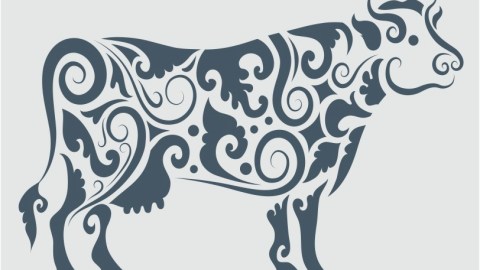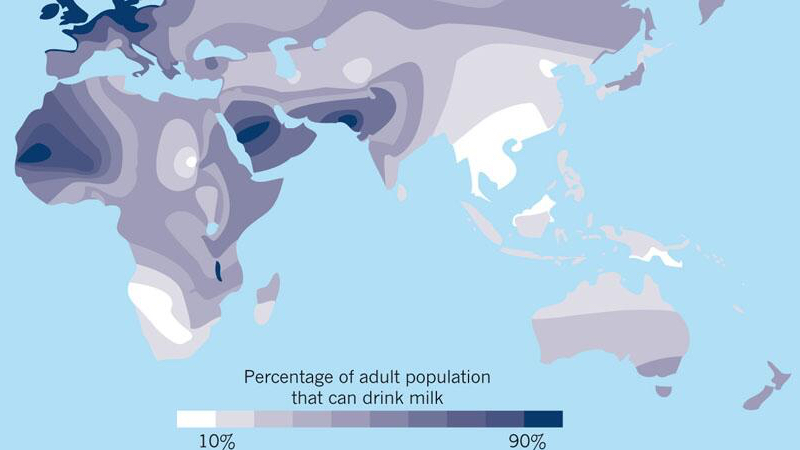Milk: Quiet Evolutionary Hero

What’s the Latest Development?
Chemical analyses of ancient cheese-making tools, found by archeologists in modern-day Poland, are shedding light onto how the consumption of dairy products influenced the rise of Europe’s first farming societies. Evidence of milk consumption in particular reflects an important genetic adaptation that likely allowed northern societies to survive harsher environmental conditions when crop yields failed to suffice. Until the evolution of a gene that allowed humans to digest milk’s lactate, the unrefined dairy product functioned essentially as a poison. Early cheese production relied on crude sieves to separate fatty lactate from liquid whey.
What’s the Big Idea?
Today, more than 90 percent of northern European populations can digest lactose, while less than 40 percent of southern populations can. The genetic adaptation that opened milk up as a rich source of nutrients may also help explain whether hunger-gather societies became farmers, or if they were replaced by societies who out competed them for scarce resources. “Lactase persistence had a harder time becoming established in parts of southern Europe, because Neolithic farmers had settled there before the mutation appeared. But as the agricultural society expanded northwards and westwards into new territory, the advantage provided by lactase persistence had a big impact.”
Photo credit: Shutterstock.com





